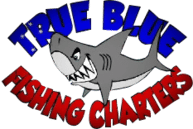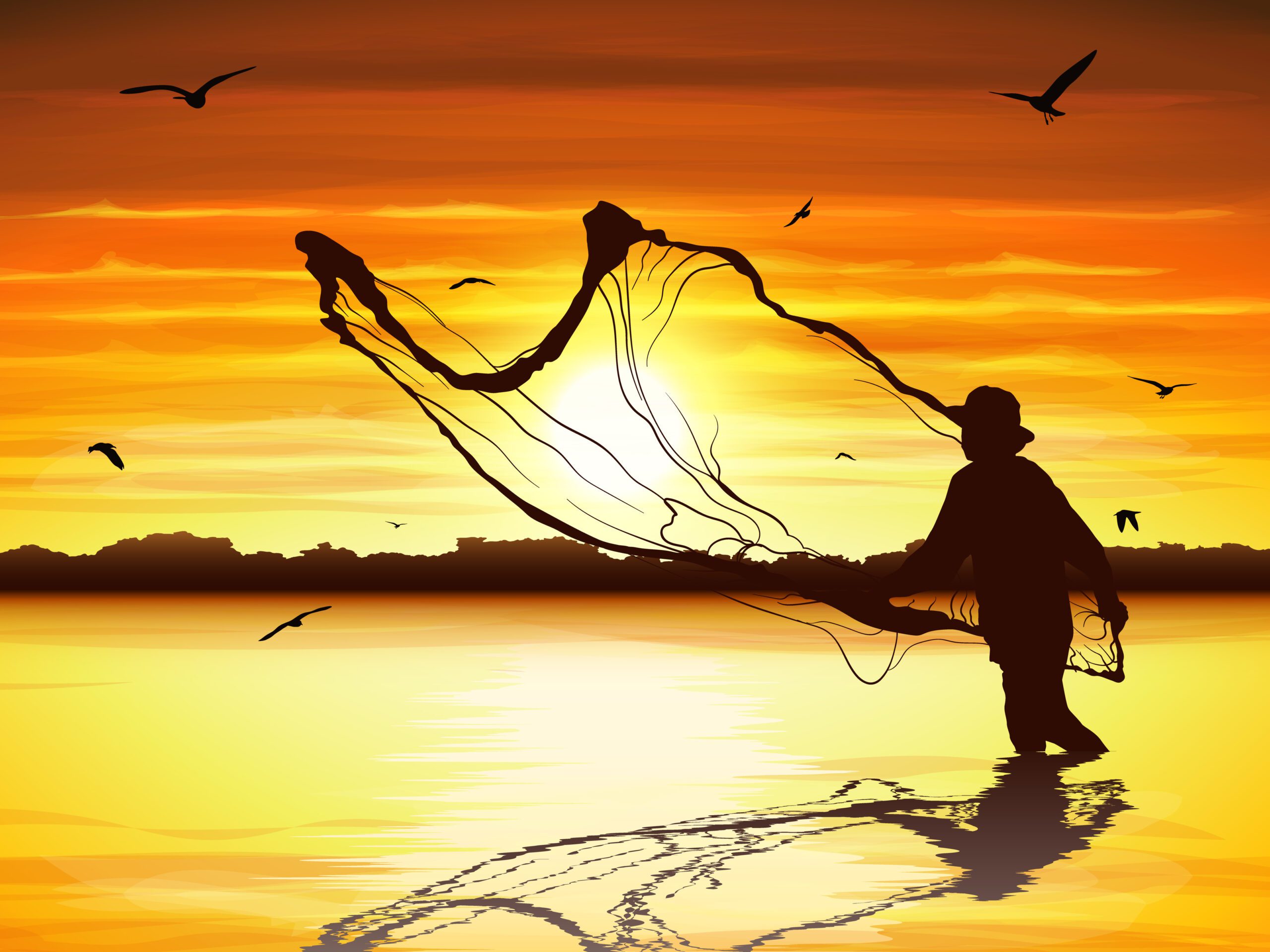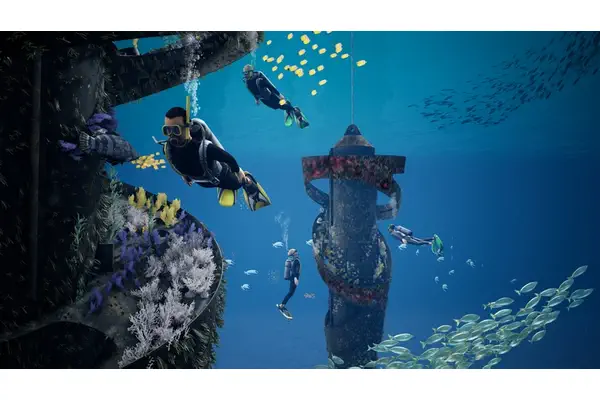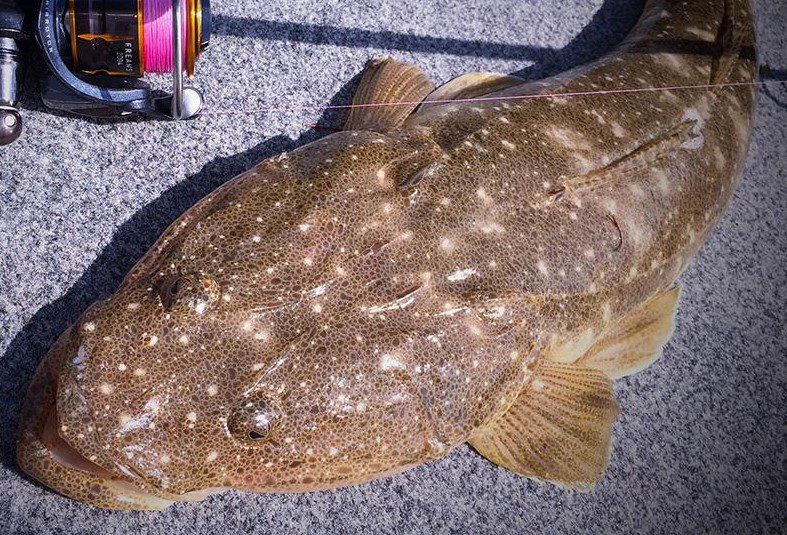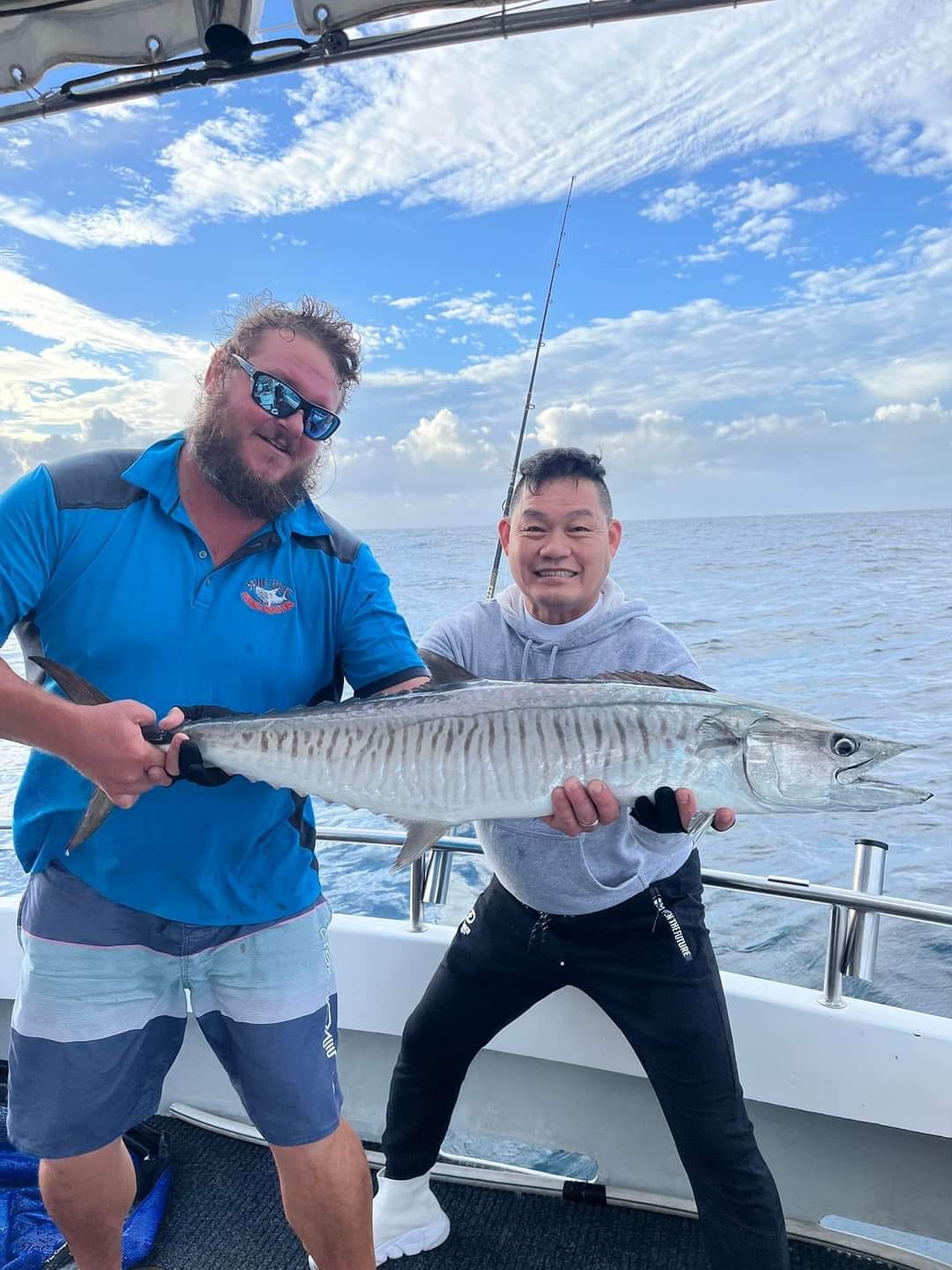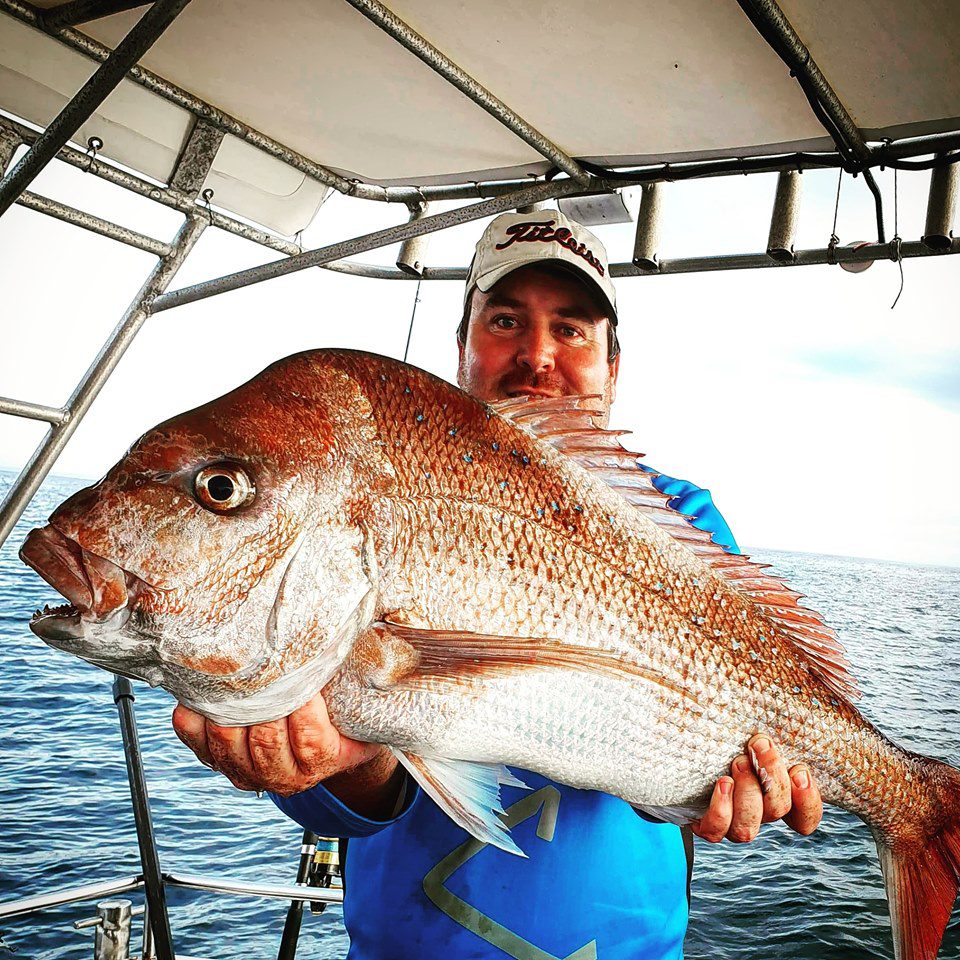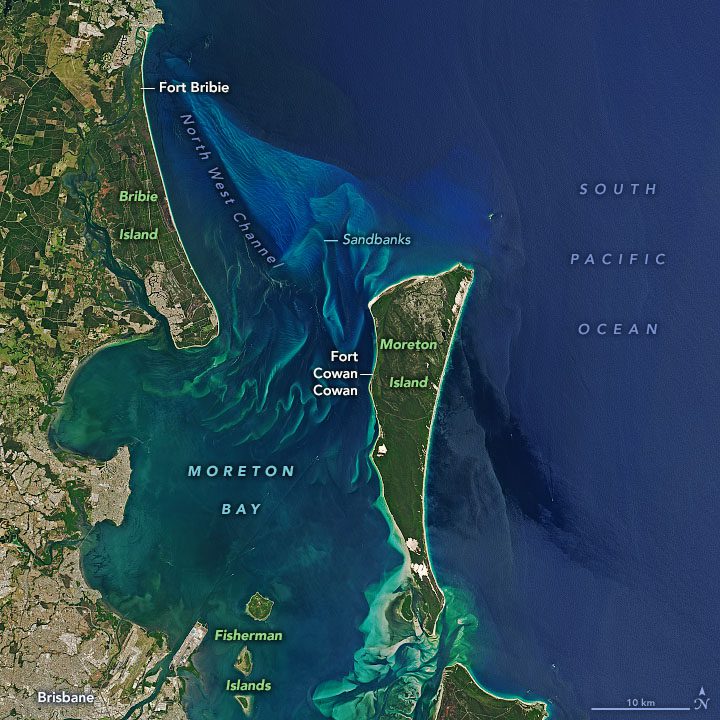Are you an angler seeking to enhance your fishing game and experience the satisfaction of catching your own bait? Whether you’re planning an inshore fishing trip, exploring rocky shores, enjoying a day at the beach, or heading offshore, mastering bait collection is a valuable skill. In this comprehensive guide, we’ll walk you through the art of gathering your own bait, elevating your fishing experience, and increasing your chances of landing that trophy catch. Let’s dive in and uncover the secrets of successful bait gathering for various fishing environments.
Inshore and Estuary Bait Collection:
Yabby Pumping: The Art and Science of Yabby Collection
Yabbies, also known as nippers, are exceptional inshore bait, and capturing them involves a blend of knowledge and technique. To excel in yabby pumping, consider the following:
Locating Yabby Burrows and Timing:
Yabby pumping thrives on the ebb and flow of tides, with peak effectiveness on either side of a low tide. For other times, a floating sieve proves invaluable.
Yabby burrows primarily dot shallow, sandy coastal areas, but deeper waters can present more challenging pumping conditions.
Effective Yabby Pump Placement and Execution:
- Position your yabby pump nozzle squarely over the burrow entrance.
- Execute a smooth, controlled pull on the plunger to create a powerful suction effect.
Precision and Perseverance:
Persistent effort while pumping yabbies is essential to ensure a successful catch.
- Don’t hesitate to pump each burrow multiple times, as some may yield multiple yabbies.
Proper Yabby Storage:
- Store your captured yabbies in a well-aerated bait bucket, complete with a secure lid.
- Shield the bucket from direct sunlight to maintain optimal water temperature and ensure the well-being of your yabbies.
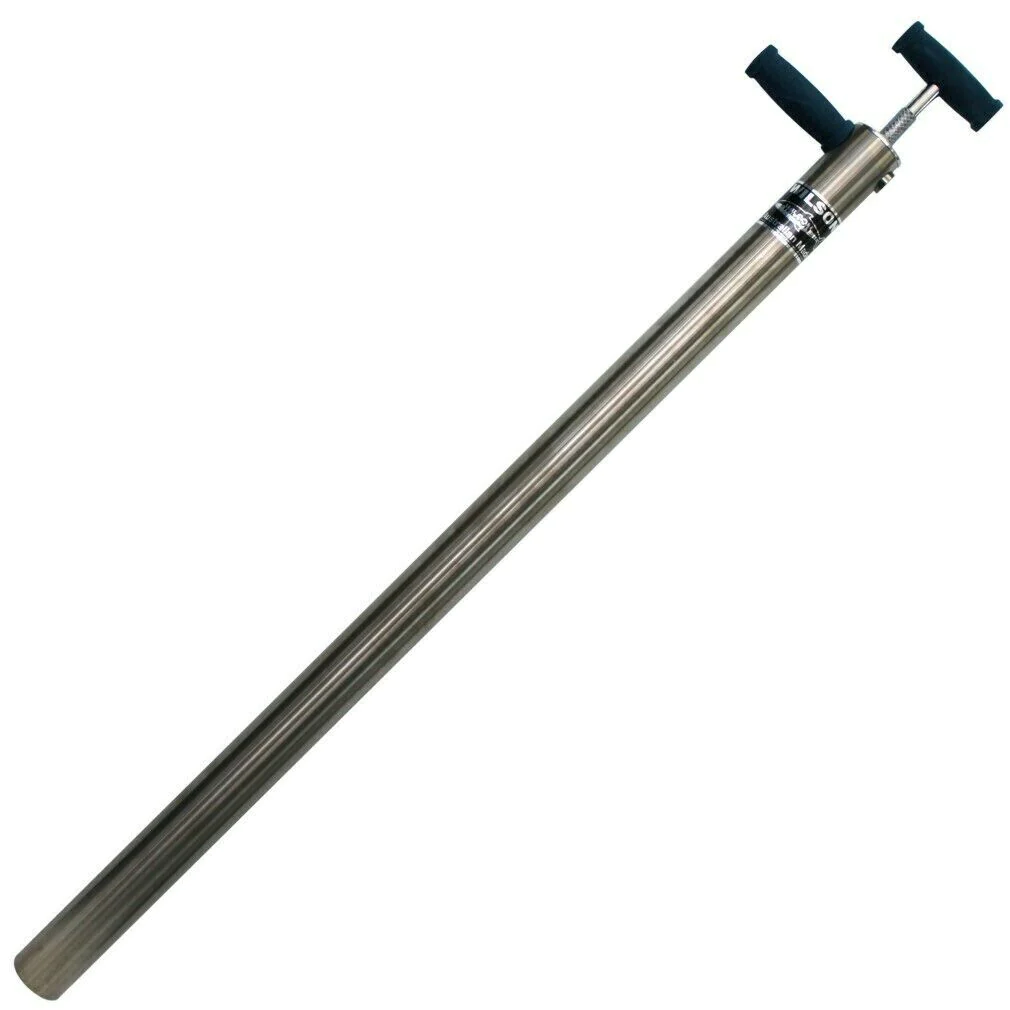
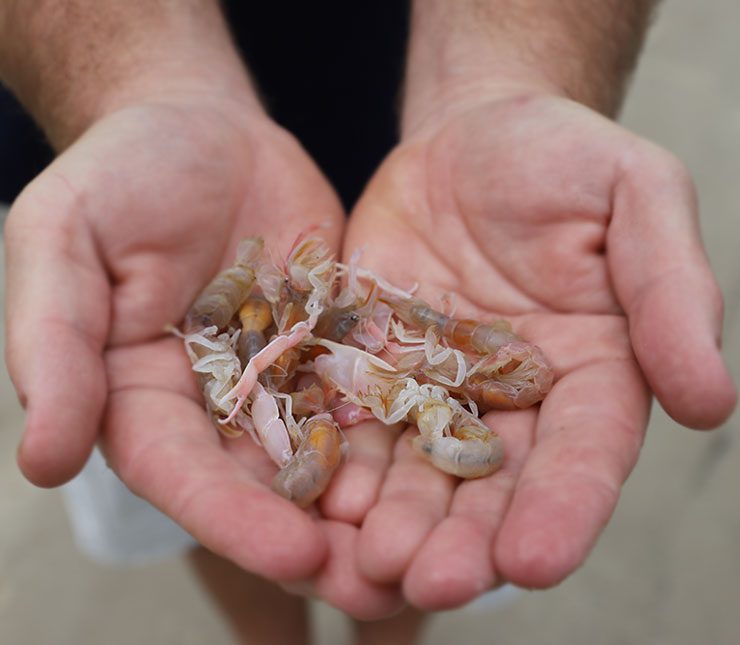
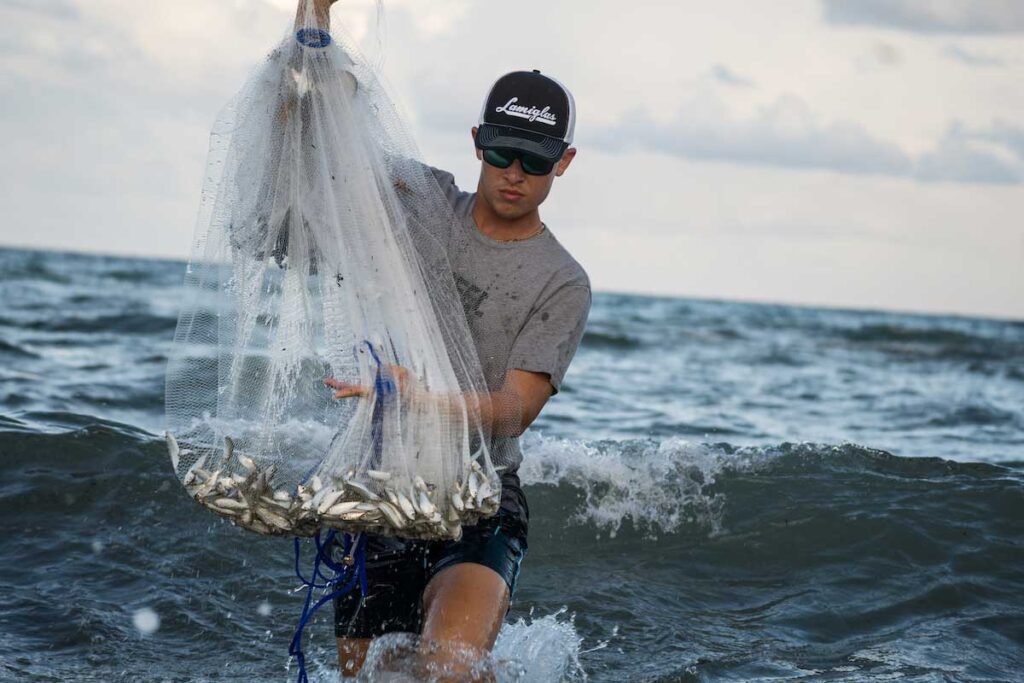
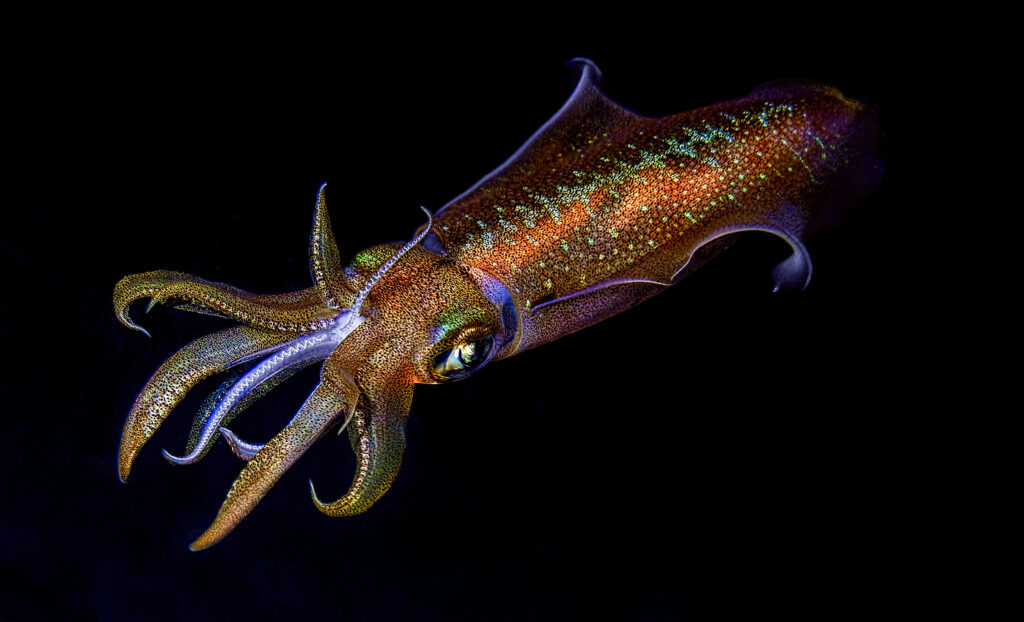
Cast Netting for Herring, Mullet, and Prawns: Cast netting is a highly effective method for capturing small schooling fish like herring and mullet. However, it’s crucial to check your local state laws and regulations regarding the use of cast nets, as they can vary from state to state. Ensure you have the necessary permits and adhere to size and mesh regulations. Cast your net in areas with visible baitfish activity, such as jumping or swirling schools. For prawns, target shallow tidal flats. A well-executed cast net throw can yield a rich haul of live bait. These baits are best used live, so store them in your boat’s live bait tank with good water circulation or in a bucket with a lid and an aerator if fishing land-based.
Jigging for Squid: Squid are a favorite inshore bait and can be effectively targeted with squid jigs. Locate squid-rich areas around structures like jetties, piers, and rocky outcrops. Cast your jig and retrieve it in a jerking motion to mimic prey. When you feel a sudden weight on the line, it’s time to reel in your freshly caught squid. Apply steady pressure and reel the squid in slowly. Once it’s at the side of the boat, place a landing net under it and allow it to disperse its ink before bringing it on board. Live squid are great baits for mulloway, kingfish, Cobia, and Cod.
Trolling for Pike: Pike are voracious predators often found in estuaries and along inshore reefs. Use small hard-bodied diving lures or cast small poppers over weed banks. Experiment with varying depths until you find the level where the pike are actively feeding.
On the Rocks, Bait Collection: Mastering Safety and Timing
Cunjevoi: Cunjevoi, also known as sea squirt, can be found attached to rocky surfaces. Look for them in rock pools and crevices. Carefully dislodge them and use a knife or scissors to cut them into bait-sized pieces.
Sea Cabbage and Green Weed: These types of seaweed can be found attached to rocks and rocky shores. They make excellent bait for species like drummer and luderick. Collect them by hand or use a small rake to gently scrape them off the rocks.
Crabs: Crabs are another valuable bait source when fishing in rocky areas. To catch crabs, you’ll need a crab pot or trap. These devices are designed to lure crabs with bait and keep them confined until you retrieve the trap. Place your crab pot in a suitable location with known crab activity. Common baits for crabs include fish heads, chicken necks, or any other smelly, oily bait that can attract them. Be sure to check local regulations for crabbing, as size and bag limits may apply.
Safety Matters: When collecting bait from rocky shores, safety should always be a priority. Here are some important considerations:
Timing is Crucial: The best time to gather bait from rocky areas is during low tide. At low tide, you’ll have access to more exposed areas where bait like sea cabbage, green weed, and crabs can be found.
Watch the Waves: Rocky areas can be slippery, and unexpected large waves can pose a danger. Always have someone in your group designated to keep an eye on the waves while others collect bait. They can alert you to any approaching waves and ensure your safety.
Wear Proper Footwear: Sturdy and non-slip footwear is essential when navigating rocky terrain. Wearing appropriate shoes with good grip can help prevent slips and falls.
Use Caution: Move carefully on wet rocks, and avoid stepping on algae or other slippery substances. Take your time and choose your steps wisely.
By adhering to safety precautions, timing your bait collection with the tides, and staying informed about state regulations, you can make your rocky shore bait collection both productive and safe.
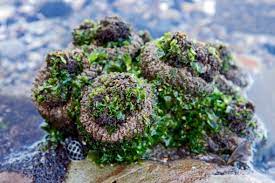
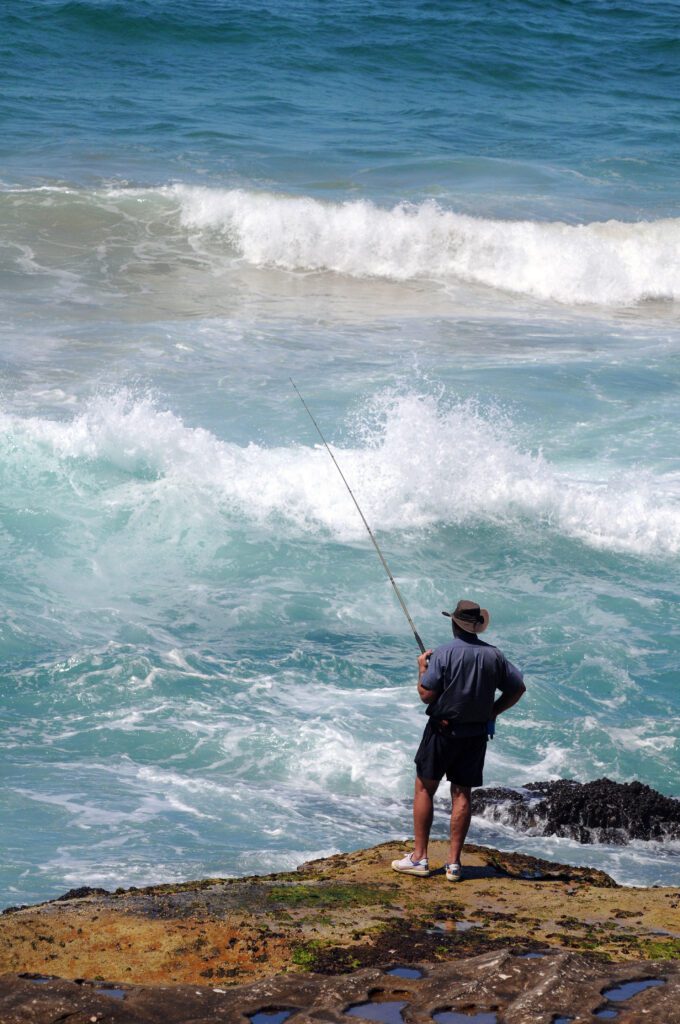
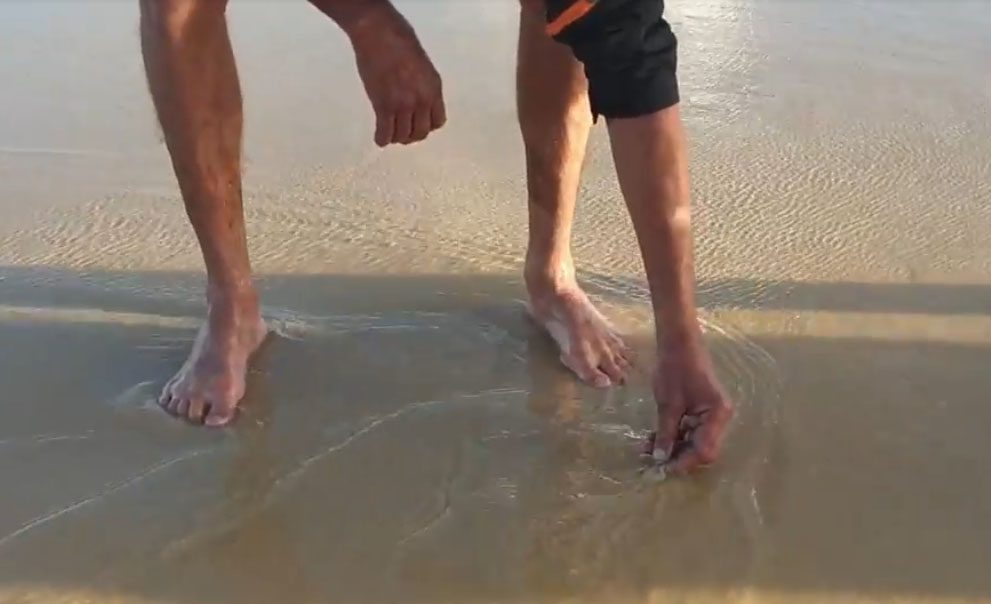
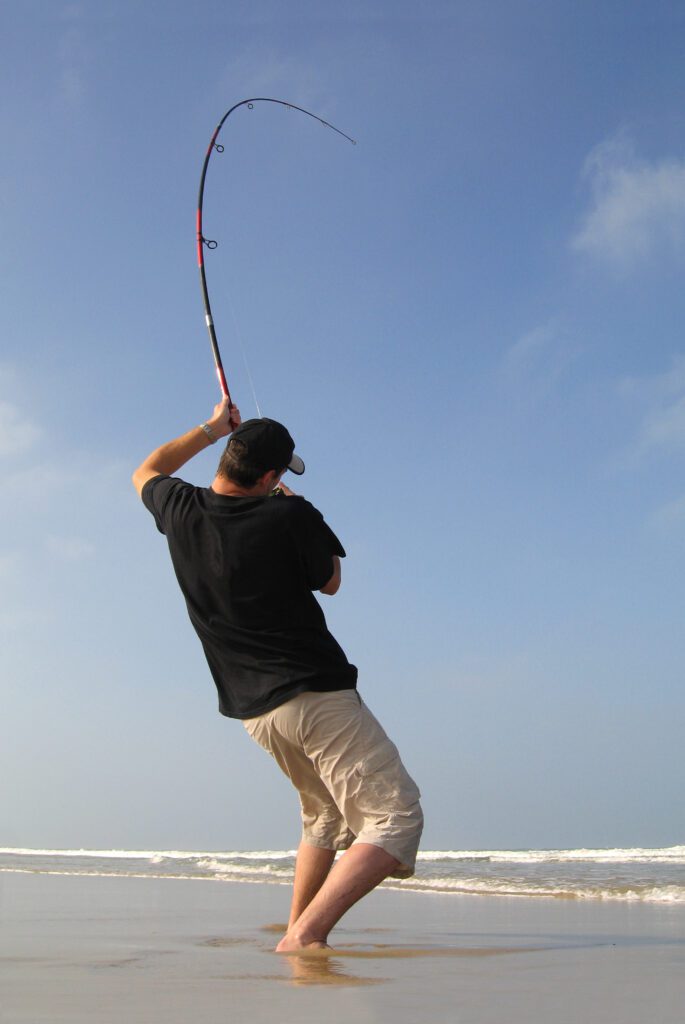
Beach Worms: A Sneaky Capture
- Ideal Low Tide: Low tide is the prime time to hunt for beach worms.
- Locate a Flat Area: Find a suitable flat area where water flows off the sand.
- Prepare Your “Stink Bag”: Place your bait into a keeper net, which doubles as your “stink bag.”
- Let the Water Wash Over: Allow the water to wash over the net as it retreats into the sea.
- Observe Sand Formations: As the sand almost dries, look for small formations resembling pencil head-sized structures sticking up through the sand.
- ‘V’ Shapes: These formations create small ‘V’ shapes as the water recedes past them, indicating the presence of beach worms.
- Use Hand Bait: Employ a piece of hand bait, like old pilchards, fish fragments, or anything oily and smelly.
- Let the Worm Grab Hold: Allow the worm to grab hold of the bait.
- Slide Behind the Worm: Gently slide your thumb and forefinger or Alvey Worming Pliers behind the worm.
- Go an Inch or Two In: Go down an inch or two into the sand with your thumb and forefinger or pliers on either side of the worm’s neck.
- Securely Clamp: Securely clamp the pliers or your fingers onto the worm.
- Pull in One Steady Motion: In one steady motion, pull the worm out. Timing is crucial; waiting too long may cause the worm to resist.
Gathering Pipis: Beachcomber’s Delight
Timing is Everything: The best time to hunt for pipis is ideally at low tide when the water recedes and exposes the sandy shoreline. You’ll find pipis just above the water line.
Spotting the Bounty: Walk along the shoreline and keep an eye out for small dimples or depressions in the sand. Pipis often leave telltale signs of their presence in the form of small, circular impressions.
Hands and Feet Technique: Unlike using specialized pipi pumps, beachcombers can rely on their hands and feet to dislodge these treasures from the sand as the tide retreats. Simply use your hands and feet to gently scoop into the sand, exposing the pipis.
Persistence Pays Off: Pipi hunting often requires patience and persistence. Don’t be discouraged if you don’t find them immediately; sometimes, it takes a bit of searching.
Proper Storage: Store your freshly gathered pipis in a well-ventilated bait bucket with a secure lid. Ensure that the bucket is shielded from direct sunlight to maintain an optimal temperature for the pipis.
Local Regulations: Always check local regulations and size limits for pipi collection, as these may vary by location. Respecting the environment and its inhabitants is crucial.
Gathering pipis can be a rewarding and enjoyable experience, providing you with excellent bait for your fishing adventures along the shoreline.
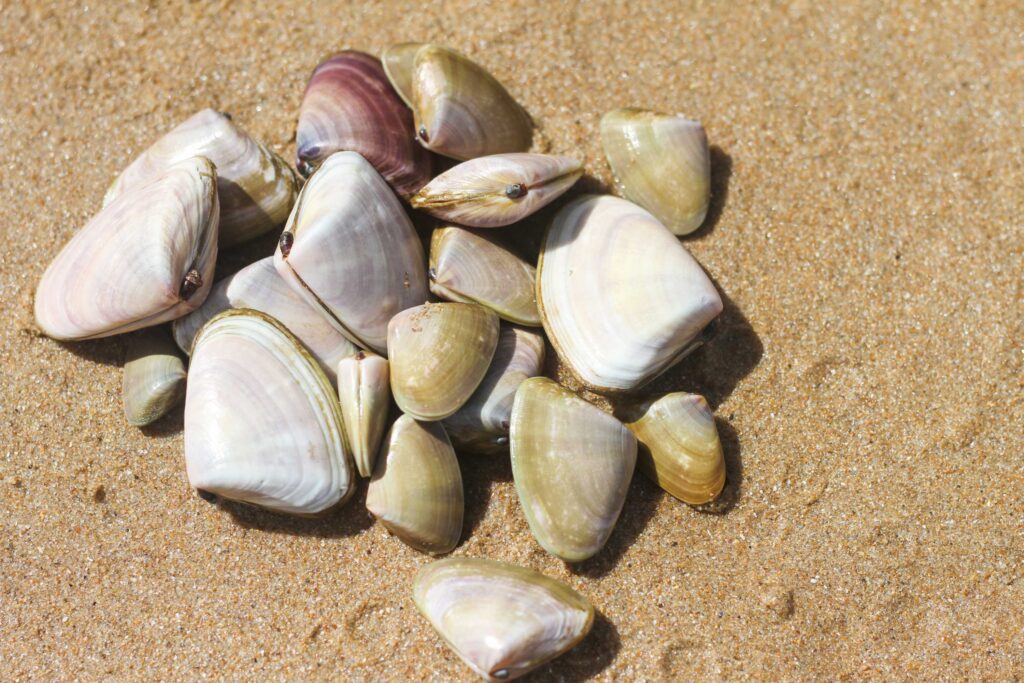
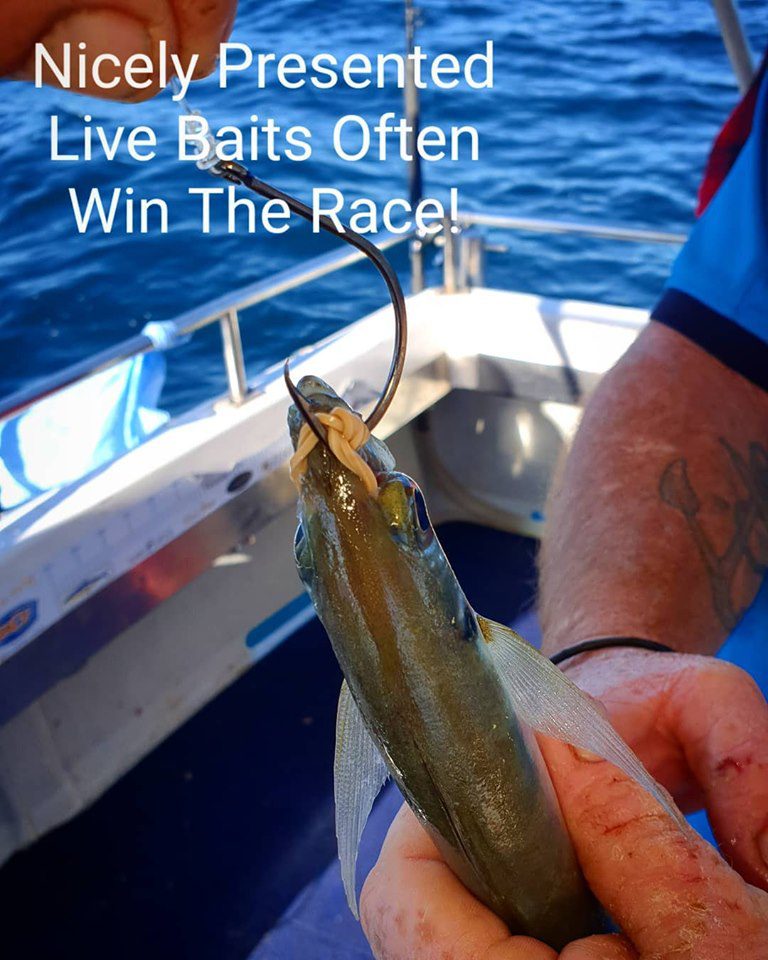
Offshore Bait Collection: Unlocking the Secrets
When it comes to offshore fishing, the game changes, and so do the bait collection methods. The open ocean offers a different set of challenges and opportunities. Let’s dive into offshore bait collection and explore a modern technique that can give you the upper hand: using a depth sounder to locate bait schools over reefs and wrecks.
Baitfish Bonanza: In the deep blue, baitfish like slimy mackerel, yellowtail scad, and bonito reign supreme as top offshore baits. These fast-swimming fish are a favorite target for larger predators like marlin, tuna, and kingfish.
Using Your Depth Sounder: A depth sounder, also known as a fishfinder, is an indispensable tool for offshore anglers. It uses sonar technology to send out sound waves that bounce off objects underwater, helping you determine the depth, structure, and even the presence of baitfish schools. By monitoring your depth sounder, you can pinpoint schools of baitfish over reefs and wrecks, making it easier to target the big game fish that often lurk nearby.
Conclusion: A Master Angler’s Arsenal
Mastering the art of gathering your own bait can significantly improve your fishing success and add an exciting dimension to your angling adventures. Always ensure you are fishing in compliance with local regulations and size limits when collecting bait, and prioritize safety in all your fishing endeavors. With these bait collection techniques in your arsenal, you’re well on your way to an exceptional fishing adventure. Happy fishing! 🎣
